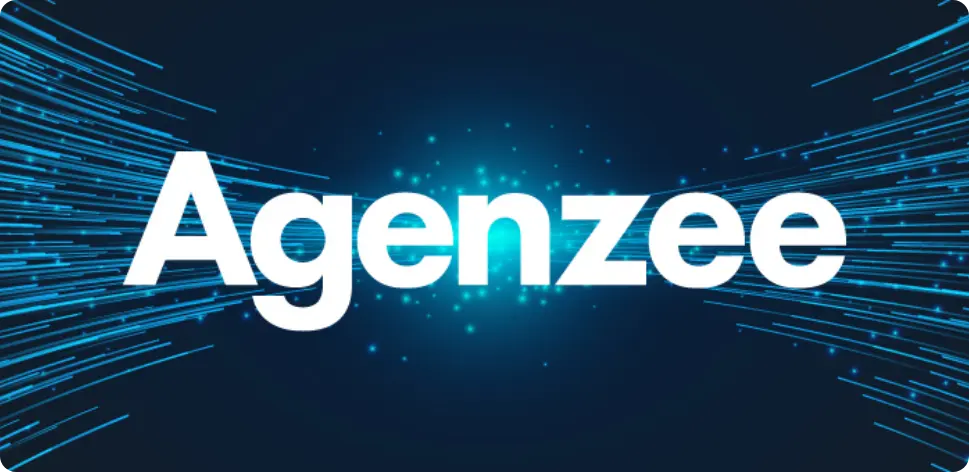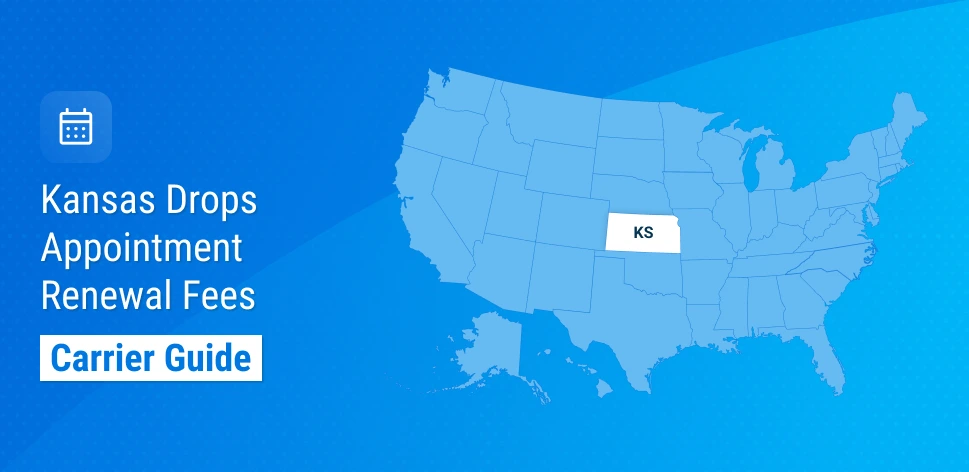Laura’s Corner
Welcome to Laura's Corner! This section is designed to share valuable tips, industry insights, and best practices to help you navigate the complexities of the insurance world. In addition to our curated content, we invite you to submit your questions. Your inquiries allow us to provide tailored insights and support, fostering a community of shared knowledge. By exploring this corner, you’ll gain access to expert advice and helpful resources that can enhance your understanding and efficiency in the insurance industry. We’re here to support your journey!
Filter:
Firework Safety Tips to Start the New Year on the Right Note
Why safety — and insurance awareness — matter during New Year celebrations
Fireworks are a popular way to ring in the New Year, but they also bring real risks when safety precautions are overlooked. Each year, thousands of fires and injuries are tied to improper firework use. As celebrations light up the night sky, it’s a good time to pause and remember that safety, preparation, and understanding local rules can help ensure the New Year starts with celebration — not an emergency.
Maine Introduces Temporary Apprentice Insurance Producer License
New licensing option allows aspiring producers to gain hands-on experience while preparing for the Maine insurance exam.
Beginning January 1, 2026, the Maine Bureau of Insurance will offer a temporary Apprentice Insurance Producer license, enabling individuals to gain professional experience under the supervision of a licensed Maine producer. The 180-day, non-renewable license provides practical exposure while preparing for the state exam. Licensed sponsors assume legal responsibility, ensuring compliance and proper guidance for apprentices entering the insurance profession.
Kansas Eliminates Annual Producer Appointment Renewal Fees
New Law Removes Recurring Costs, Streamlines Insurance Appointments
Effective July 1, 2025, the Kansas Department of Insurance will eliminate the annual producer appointment renewal fee as part of a broader regulatory reform to reduce costs for carriers and other insurance organizations. Under the new rules, producer appointments will remain active until the appointing company terminates them or the producer’s license becomes inactive. This change simplifies appointment maintenance and reduces administrative burden for carriers operating in Kansas. Kansas Insurance Department.
North Carolina Announces 2026 Company Appointment Renewal Schedule
Important Dates, Fees, and Processing Rules for Carriers and Appointing Entities
North Carolina has released its 2026 company appointment renewal schedule, outlining key dates, fee requirements, and mandatory electronic processing rules for carriers and appointing entities. Organizations must review active appointments, submit required terminations, and prepare for strict renewal deadlines beginning February 3, 2026. This update ensures agencies, MGAs, carriers, and compliance teams remain informed and ready for the upcoming renewal cycle.
What are the risks of ineffective compliance and licensing processes in insurance organizations?
Small oversights in licensing and CE management can create significant operational and regulatory exposure
Even small oversights in licensing, appointments, or CE tracking can create major risks for insurance organizations. Learn the top warning signs and how to address them proactively.
Disclaimer: This post is for informational purposes only and does not constitute legal or compliance advice. Agenzee does not warrant the accuracy of and assumes no liability for reliance. Please consult regulators or professional advisors as needed. See our full disclaimer for details.
let's catch up!
Schedule a Live 1-On-1
Demo of Agenzee!
Our insurtech experts would be thrilled to give you a personalized demo of how Agenzee can transform your compliance management processes.




